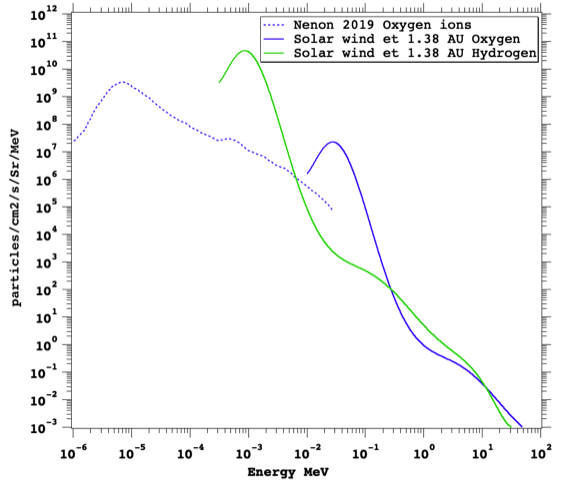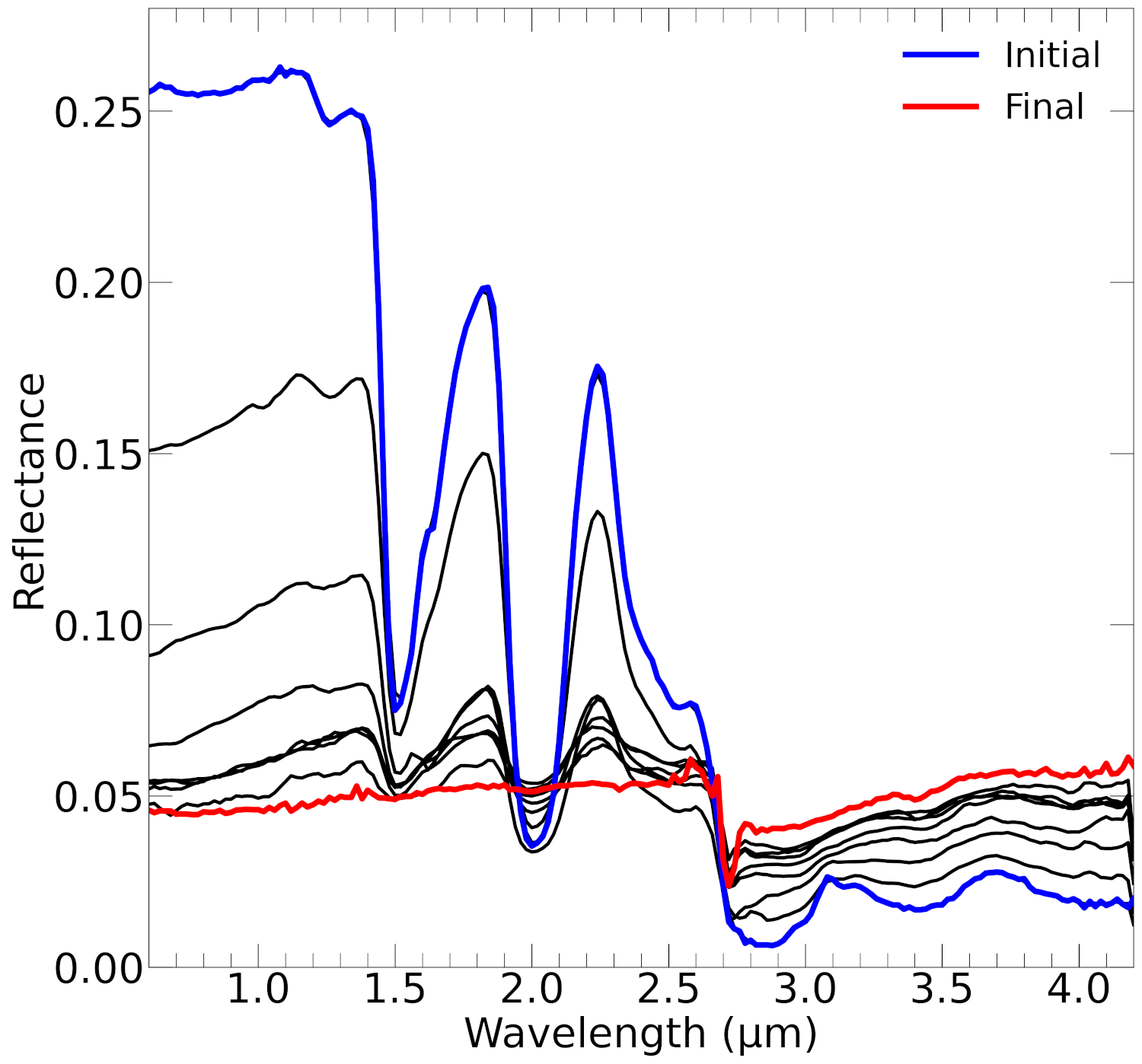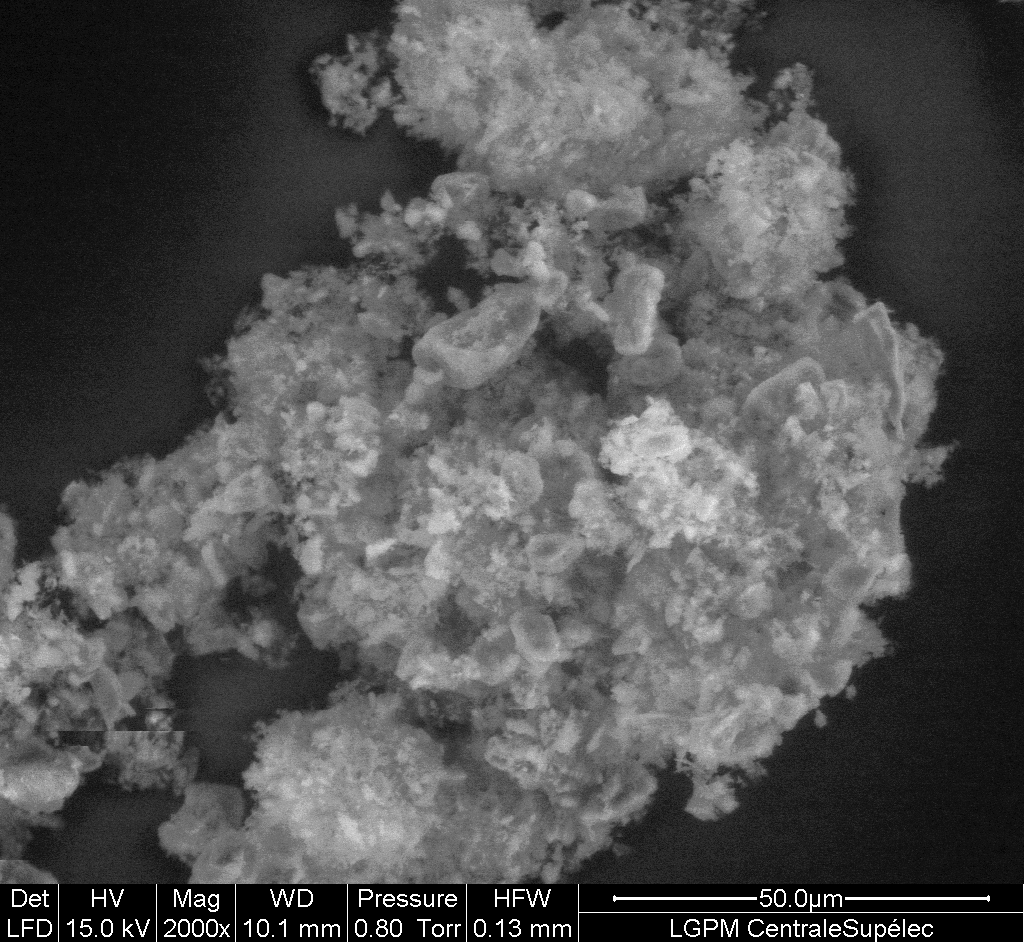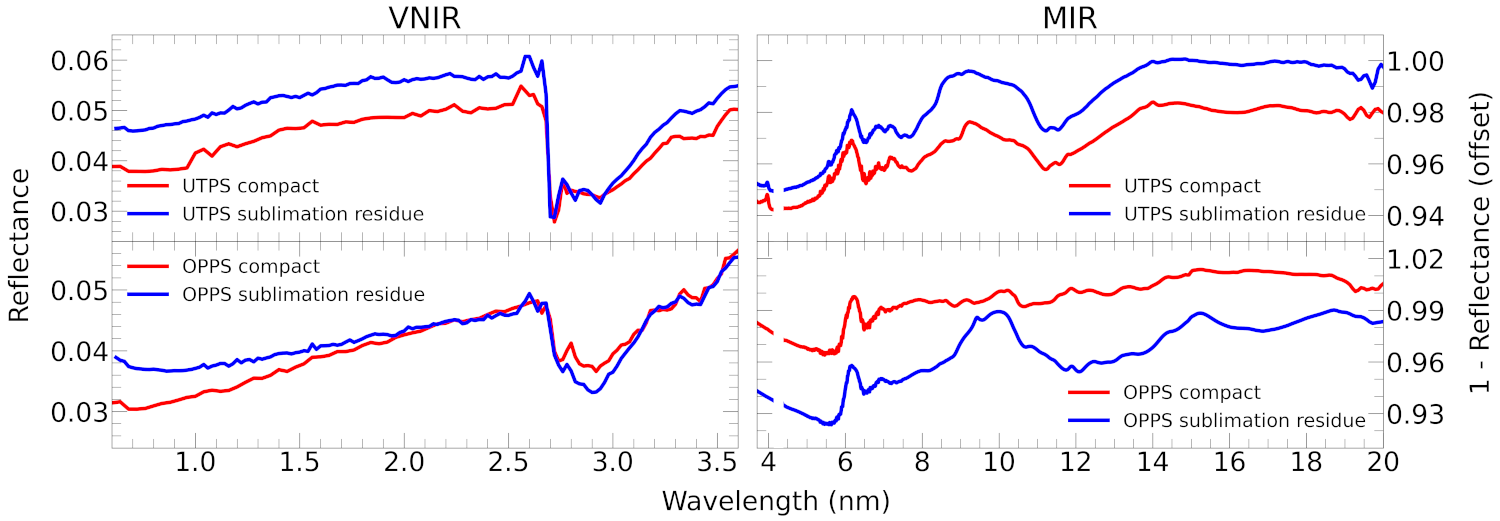- 1LESIA - Paris Observatory, France (antonin.wargnier@obspm.fr)
- 2LATMOS, Guyancourt, France
- 3INAF – Arcetri Observatory, Firenze, Italy
- 4IPAG, Univ. Grenoble Alpes, UGA/CNRS, France
Introduction:
The JAXA Martian Moon eXploration mission will be launched in 2026 toward the Martian moon Phobos. The MMX infrared spectrometer (MIRS, [1]) will observe Phobos within the 0.9 to 3.6 µm range to detect potential signatures of organics and hydrated minerals. The existence of such signatures may shed light on the unknown origin of Phobos. In close collaboration with CNES and other French and Japanese laboratories, the LESIA – Paris Observatory is responsible for the development of the MIRS instrument. Along with the instrument development, in support of future MIRS observations, we already performed laboratory experiments to search for a Phobos spectroscopic simulant [2,3,4] and study the effects of observation geometry [3,4,5]. It is well known that surface porosity is an extremely important parameter of small bodies' surfaces, influencing their physical, spectroscopic, and photometric properties. However, the effects of porosity remain ambiguously understood with studies giving conflicting results (e.g., [6,7,8]). A high porosity is suggested for Phobos, in particular, because of the very low thermal inertia associated with the presence of a possible 10 µm plateau in the MIR spectra of Phobos [9,10]. Moreover, as an airless body, Phobos also undergoes significant space weathering from solar wind, galactic cosmic rays, micrometeorites, and sputtering of heavy ions from the Martian atmosphere [11,12] due to its proximity to Mars, with the solar wind being likely the most influential process for Phobos surface (Fig. 1).
In this work, we investigate the spectroscopic and photometric modification of Phobos regolith simulants induced by these two parameters: (1) porosity and (2) solar wind space-weathering.

Figure 1: Flux density at Phobos' surface of oxygen ions produced in the upper layer of the Martian atmosphere, and of hydrogen and oxygen ions from the solar wind.
Method:
To accurately represent the surface of Phobos, several samples were selected, including two Phobos simulants [4,5], olivine, phyllosilicate (saponite), coals (anthracite, DECS-19 from the Penn State Coal Bank), and iron sulfide (troilite). In particular, hydrated minerals and organics are important for Phobos, as the detection of these components could provide pivotal clues to decipher the origins of Phobos.

Figure 2: Evolution of a Phobos simulant during the sublimation experiment. The blue spectrum represents the initial spectrum and the red spectrum shows the final spectrum when the water ice is fully sublimated. One spectrum is taken every hour.
For the porosity effect study, porous Phobos simulants were created by sublimation of water ice mixed with grains (Fig. 2) of the Phobos simulants [14], resulting in a highly porous sublimation residue, as visible in Fig. 3. This study investigated the spectro-photometric variations induced by porosity using the SHADOWS spectro-goniometer [15] at IPAG (France) with spectroscopic measurements ranging from 0.4 to 3.6 µm. Additionally, mid-infrared (MIR) reflectance spectra (1.25 – 18 µm) were also obtained using the FTIR Bruker Vertex70v spectrometer. Our analysis in the MIR focuses on the modifications in shape and positional shifts of three key features for mineralogical interpretation: the Christiansen feature, the Restrahlen band, and the transparency feature.
For the space-weathering effect, we will present preliminary results on the irradiation of samples with 140 keV He and Ar ions with the ARIBE beamline at GANIL (France) to reproduce the effects of solar wind that reach and alter the Phobos’ surface. The use of two ions allows to explore different regimes of deposited dose.

Figure 3: SEM image of a porous sublimation residue of the UTPS-TB Phobos simulant.
Results:
Our results on porosity indicate that the spectrum samples tend to exhibit a bluing of its spectral slope in the visible and near-infrared after increasing porosity (Fig. 4). This spectral slope difference between a compact and porous sample may explain the difference between the blue and red unit on Phobos. In the mid-infrared range, the Christiansen feature is modified and the emissivity peak is larger for porous samples, leading to the formation of a 10 µm-plateau in the spectra of porous samples (Fig. 4). The study of the photometric properties reveals that porous samples exhibit a reduced single-scattering albedo and a slightly broader lobe that predominantly back-scattered, as for the compact samples, but with a higher contribution of forward scattering. The derivation of the Hapke parameters shows an increase in roughness for the porous sample, as expected by the macro-roughness visible on optical microscope images; but no modification of the opposition effect in contrast to what might have been expected with the modification of the surface texture. Additionally, phase reddening varies between compact and porous samples, suggesting it as an additional valuable observable for MIRS.

Figure 4: VNIR and MIR spectra of UTPS and OPPS before and after the sublimation experiment.
Conclusion:
This study gives novel and unique insights into the spectroscopic effects of porosity and solar wind on the regolith layer of Phobos, in the context of the upcoming JAXA/MMX mission, with interesting applications to the surfaces of other airless bodies. We will present, for the first time, the impacts of ion irradiation on the photometric properties of Phobos’ regolith, improving our understanding of space weathering processes.
Acknowledgments: The authors acknowledge the Centre National d’Etudes Spatiales (CNES) for the continuous support.
References: [1] Barucci et al. (2021), EPS, 73, 211 [2] Wargnier et al (2023a), A&A, 669 [3] Wargnier et al. (2023b), MNRAS, 524, 3 [4] Wargnier et al., submitted to Icarus (10.48550/arXiv.2405.02999) [5] Miyamoto et al. (2021), EPS, 73, 214 [6] Näränen et al. (2004), A&A, 426 [7] Hapke (2021), Icarus, 354 [8] Shepard and Helfenstein (2007), JGR, 112 [9] Giuranna et al. (2011), PSS, 59, 13 [10] Glotch et al. (2018), JGR, 123, 10 [11] Nénon et al. (2019), JGR, 124, 12 [12] Nénon et al. (2021), Nature Geoscience, 14, 2 [13] Quirico et al. (2023), Icarus, 394 [14] Poch et al. (2016), Icarus, 267 [15] Potin et al. (2018), AO, 57, 28
How to cite: Wargnier, A., Gautier, T., Poggiali, G., Poch, O., Moingeon, A., Quirico, E., Beck, P., Caminiti, E., and Doressoundiram, A.: Effects of porosity and space-weathering on the spectroscopic and photometric properties of Phobos simulants, Europlanet Science Congress 2024, Berlin, Germany, 8–13 Sep 2024, EPSC2024-917, https://doi.org/10.5194/epsc2024-917, 2024.